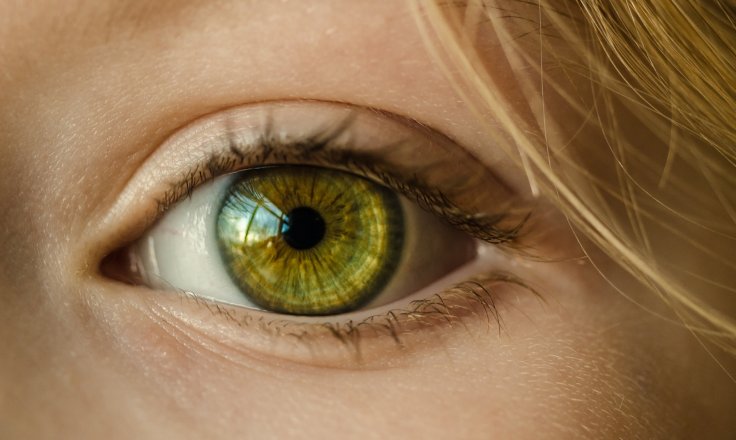
Scientists have come up with a new app that can detect leukocoria, a form of eye cancer, as well as, other eye diseases by analyzing pictures, a report has said.
The app called White Eye Detector, developed by researchers at Baylor University in Texas and available on both Android and iOS platforms uses machine learning to deconstruct photos and compare them with unhealthy eyes to reliably diagnose cases of eye diseases better than doctors in tests.
The app in a test of the software examined 52,982 longitudinal photographs of 40 children, with half of them healthy and the other half having some kind of eye disease, spotted abnormalities in 16 of the 20 children at an average of 1.3 years before the child was diagnosed with the disease.
The pictures examined for the test were taken over their lifetimes from birth to several years old so that the age at which the disease developed could be known, suggested the research noted in Science Advances.
White Eye Detector particularly focuses on Leukocoria or "white eye" -- an early sign of retinoblastoma, a kind of retinal cancer found in children, and also indicated the onset of many other eye diseases, including cataracts, Coats Disease, amblyopia or hyperopia, and retinopathy of prematurity.
Bryan Shaw, an associate professor and team leader, stressed each of these diseases could cost an eye or even be life-threatening if left untreated, adding that every month counts in the case of retinoblastoma.
"Tumours grow rapidly and when you start seeing the white eye, you have about six months to a year before it breaks up and metastasizes down the optic nerve to the brain and kill you," he said, underlining just how much of a difference the White Eye Detector can make in treating eye disease.
The symptoms of Leukocoria include permanent or temporary vision loss, eye redness, photophobia, and eye pain, according to the Centre for Disease Control (CDC).
The recent development is the latest example of how cutting-edge technology such as Artificial Intelligence can be beneficial in daily lives of individuals and can be extremely effective in developing countries like Pakistan, where a large portion of the population does not have access to medical facilities but nearly everyone has a mobile device in their pockets.
Shaw and his team developed the app after his own son was diagnosed with retinoblastoma when he was four months old, and going back through early baby pictures the software hinted the white eye when he was as young as 12 days old.









